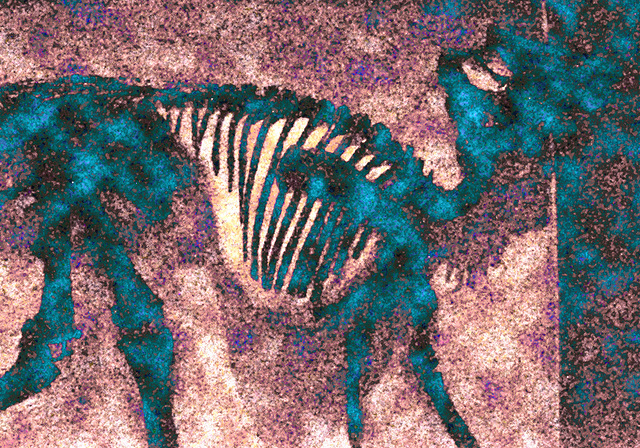Jonathan Cohen's favorite photos
Crossing London Bridge – London, England
Reflected in the windows of the 1 London Bridge office building.
"One More Time" – St Pancras Railway Station, Euston Road, London, England
Dent was a London manufacturer of luxury clocks and watches, founded by Edward John Dent. Dent began making watches in 1814. Perhaps the company’s biggest coup is winning the contract to make the clock for the new palace of Westminster – or Big Ben as it’s more commonly known. Dent’s chronometers accompanied some of the 19th century’s most influential explorers. Robert FitzRoy took Dent chronometer no. 633 aboard HMS Beagle in 1831 the voyage that eventually led to the publication of The Origin of the Species – Darwin’s revolutionary theory of evolution. Two decades later, David Livingstone purchased Dent chronometer no. 1800 for his African explorations. And in 1890, the explorer H.M. Stanley was moved to write to Dent that "the Chronometers supplied by you, and which were taken across Africa in my last Expedition, proved a very great service to me and were in every way thoroughly satisfactory and reliable."
The Dent clock at St Pancras railway station is a reproduction of the original, destroyed in the 1970s, in part made from castings taken from the remains of the original. For much of the year 2015 a black-and-silver replica of the famous DENT clock dangled from the roof. The copycat chronometer was the work of Cornelia Parker, and was punningly known as "One More Time." It was a functioning timepiece; a horological redundancy; the embodiment, perhaps, of having too much time. In the artist’s own words: "The clock is the most conscious focus of a railway station, a dominant force. Everyone is watching the clock, checking if they are late. The piece will introduce the idea of a parallel frame of reference, that of a slower astronomical time."
11 favorites
Great Central Railway Loughborough Leicestershire 4th January 2020
Back before the world went off the rails!
Dawn over Loughborough engine shed and Stanier 5MT 4-6-0 45305 is brewing up.
3 favorites
dotty dinosaur DSC 8191 aaaa
Dotty Dinosaur -escape from the museum.
The Bird Tree #2 – Mosaïcultures Internationales de Montréal, Botanical Garden, Montréal, Québec
The Bird Tree was 16 metres tall and 18 metres in diameter at its crown. It was presented by the City of Montréal and created by the staff of Mosaïcultures Internationales de Montréal. The Bird Tree’s branches morph into 56 different bird species, while its roots change into a kakapo (also referred to as an owl parrot, the only parrot unable to fly) and six species of amphibians and reptiles. All these species – birds, amphibians, reptiles – are among the most endangered on Earth, according to the International Union for Conservation of Nature (IUCN) Red List. Québec’s indigenous Red-headed Woodpecker and Piping Plover are some of the species shown flying away from The Bird Tree, as though they were trying to escape the extinction that threatens them and that has already decimated Labrador’s Eider population and eliminated the Dodo and the Passenger Pigeon. A salamander, a turtle, a frog and an iguana emerge from the roots. The bird tree is planted in the middle of a basin to symbolize the mangroves of Sundarban, coastal ecosystems of tremendous biological abundance that are seriously threatened. The Bird Tree represents nature in its wild state, something humans must preserve at all costs.
For a description of the art of Mosaiculture and of the Mosaïcultures Internationales de Montréal competition, please turn to the first photo in this series at:
www.ipernity.com/doc/jonathan.cohen/33872015
Jump to top
RSS feed- Latest favorites - Subscribe to the favorite docs of Jonathan Cohen
- ipernity © 2007-2025
- Help & Contact
|
Club news
|
About ipernity
|
History |
ipernity Club & Prices |
Guide of good conduct
Donate | Group guidelines | Privacy policy | Terms of use | Statutes | In memoria -
Facebook
X







